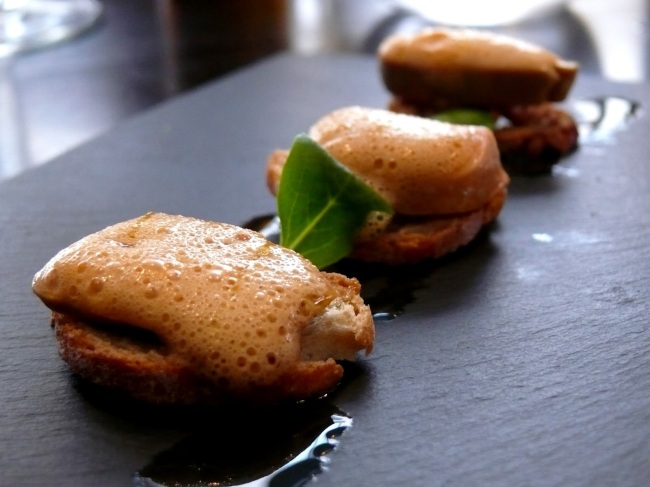Video by Christian Seel
Narration by Craig Sindelar
Video by Christian Seel
Narration by Craig Sindelar
Proceso de creación del plato “Remolacha”.
Quique Dacosta Restaurante.
http://www.quiquedacosta.es

The word “tapas” is derived from the Spanish verb tapar, “to cover”.
Tapas have evolved through Spanish history by incorporating ingredients and influences from many different cultures and countries. Most of the Iberian Peninsula was invaded by the Romans, who introduced the olive and irrigation methods. The invasion of the North African Moors in the 8th century brought almonds, citrus fruits and fragrant spices. The influence of their 700-year presence remains today, especially in Andalusia. The discovery of the New World brought the introduction of tomatoes, sweet and chili peppers, maize (corn) and potatoes. These were readily accepted and easily grown in Spain’s microclimates.
There are many tapas competitions throughout Spain. There is only one National Tapas competition,which is celebrated every year in November. Since 2008, the City of Valladolid and the International School of Culinary Arts have celebrated the International Tapas Competition for Culinary Schools.Various schools from around the world come to Spain annually to compete for the best tapa concept.
Baristas generally operate a commercial espresso machine, and their role is preparing the shot and pulling the shot; the degree to which this is automated or done manually varies significantly, ranging from push-button operation to an involved manual process. Machines range from manual (lever), where the pressure is applied by hand, to semi-automatic, where the pressure is applied automatically but brew time is controlled by the barista, to automatic, where the brew time is also preset (but preparing the grinds is still manual), to super-automatic, where the barista need only load the beans and push a button, but is otherwise completely automated. Espresso is a notoriously finicky beverage, and thus good manual espresso making is considered a skilled task. Further, preparation of other beverages, particularly milk-based drinks such as cappuccinos and lattes, but also non-espresso coffee such as drip or press pot, requires additional work and skill for effective frothing, pouring and most often latte art.
A sommelier may also be responsible for the development of wine lists, and for the delivery of wine service and training for the other restaurant staff. Working along with the culinary team, they pair and suggest wines that will best complement each particular food menu item. This entails the need for a deep knowledge of how food and wine, beer, spirits and other beverages work in harmony. A professional sommelier also works on the floor of the restaurant and is in direct contact with restaurant patrons. The sommelier has a responsibility to work within the taste preference and budget parameters of the patron.
In modern times, a sommelier’s role may be considered broader than working only with wines, and may encompass all aspects of the restaurant’s service, with an enhanced focus on wines, beers, spirits, soft-drinks, cocktails, mineral waters, and tobaccos.